Manfred Steyer
Micro Frontends with Module Federation: Why and How?
#1about 3 minutes
Software architecture is about evaluating consequences
Software architecture is not about finding the single best solution, but about evaluating the consequences of different approaches for your specific situation.
#2about 1 minute
Understanding the micro frontend architectural style
Micro frontends break down a large application into smaller, independently developed and deployed parts that are integrated into a common shell at runtime.
#3about 5 minutes
Exploring real-world use cases for micro frontends
Case studies from healthcare, payroll, and banking illustrate how large organizations use micro frontends to manage complexity across different business domains.
#4about 3 minutes
The primary reasons for adopting micro frontends
The main drivers for adopting micro frontends are scaling development across multiple teams, enabling long-term technology evolution, and quickly adapting to changing requirements.
#5about 3 minutes
Common challenges and implementation drawbacks
Implementing micro frontends introduces challenges such as the effort to build an orchestration layer, difficulties in sharing code at runtime, and maintaining a consistent user experience.
#6about 5 minutes
How Module Federation enables runtime integration
Module Federation, a Webpack 5 feature, allows a host application to dynamically load code from a separately compiled remote application, solving a key challenge for micro frontends.
#7about 2 minutes
Sharing libraries and handling version conflicts
Module Federation simplifies sharing common libraries like Angular or React to reduce bundle sizes and includes built-in strategies to manage potential version mismatches between micro frontends.
#8about 5 minutes
Live demo: Initial setup with an Angular plugin
A live demonstration shows how to use an Angular CLI plugin to quickly add the necessary builders and initial Webpack configuration for Module Federation to a project.
#9about 6 minutes
Live demo: Configuring the host and remote
The Webpack configuration is adjusted to expose a module from the remote micro frontend and define the remote's URL in the host shell application for lazy loading.
#10about 4 minutes
Implementing dynamic federation at runtime
The implementation is refactored from static federation to dynamic federation, allowing the application to determine which micro frontends to load at runtime from a backend configuration.
#11about 4 minutes
Combining Module Federation with Web Components
Using Web Components with Module Federation allows for mixing different frameworks and versions in one application, but requires careful handling to avoid conflicts.
#12about 5 minutes
Conclusion and key takeaways on micro frontends
Micro frontends are primarily a solution for scaling teams and domains, and while they introduce runtime dependencies, Module Federation provides a straightforward implementation path.
Related jobs
Jobs that call for the skills explored in this talk.
Apaleo
München, Germany
Remote
€65-85K
Senior
JavaScript
.NET
+2
Matching moments

03:28 MIN
Shifting from talent acquisition to talent architecture
The Future of HR Lies in AND – Not in OR

06:51 MIN
Balancing business, technology, and people for holistic success
The Future of HR Lies in AND – Not in OR

06:10 MIN
Understanding global differences in work culture and motivation
The Future of HR Lies in AND – Not in OR

06:59 MIN
Moving from 'or' to 'and' thinking in HR strategy
The Future of HR Lies in AND – Not in OR

06:04 MIN
The importance of a fighting spirit to avoid complacency
The Future of HR Lies in AND – Not in OR
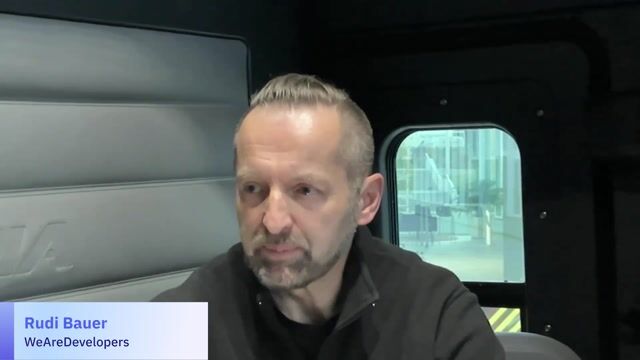
04:22 MIN
Navigating ambiguity as a core HR competency
The Future of HR Lies in AND – Not in OR
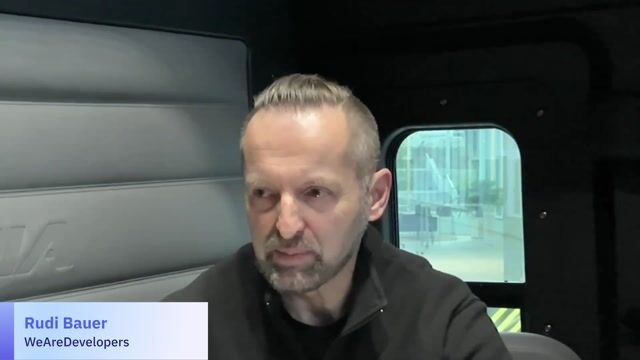
05:10 MIN
How the HR function has evolved over three decades
The Future of HR Lies in AND – Not in OR

03:13 MIN
How AI can create more human moments in HR
The Future of HR Lies in AND – Not in OR
Featured Partners
Related Videos
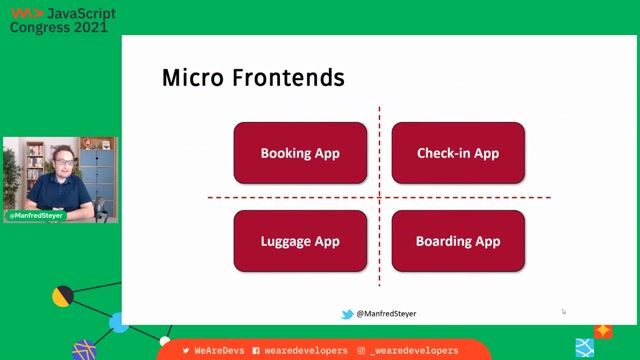 44:35
44:35Micro-Frontends with Module Federation: Beyond the Basics
Manfred Steyer
 29:36
29:36Native Federation: The Future of Micro Frontends and Plugin-Systems in Angular
Manfred Steyer
 24:47
24:47Advanced Micro Frontends: Multi-Version and Multi-Framework Scenarios
Manfred Steyer
 33:18
33:18The Microfrontend Revolution- Using Webpack 5 Module Federation with Angular
Manfred Steyer
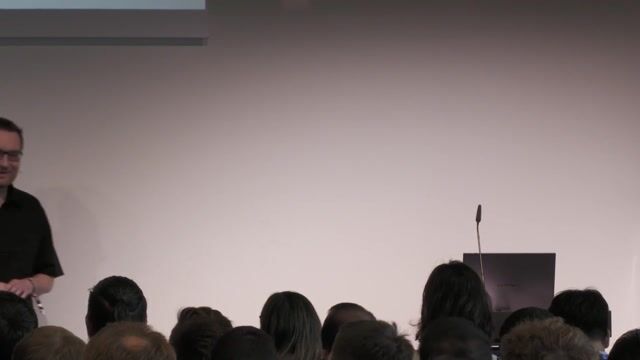 40:05
40:05Stairway to Heaven - Scaling Frontends the Right Way
Florian Rappl
 35:17
35:17Front-End Micro Apps
Serg Hospodarets
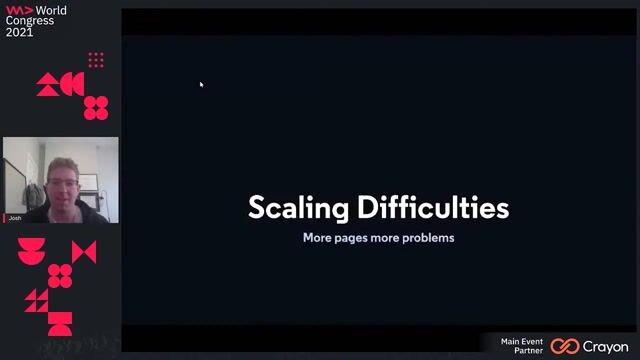 43:20
43:20Microfrontends at Scale
Josh Goldberg
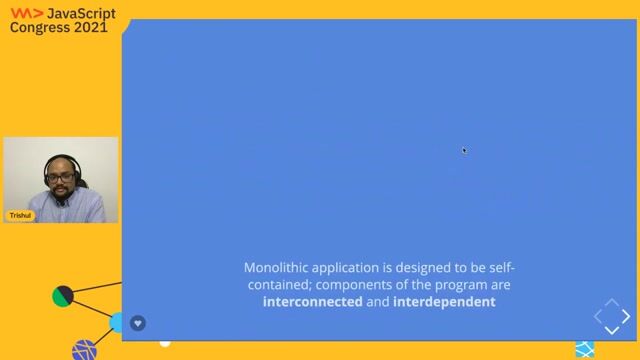 41:49
41:49Destructuring Frontend monoliths with MicroFrontends
Trishul Goel
Related Articles
View all articles



From learning to earning
Jobs that call for the skills explored in this talk.


Twin.Link GmbH
Osnabrück, Germany
Intermediate
Senior
React
TypeScript



Tech Solutions Gmbh
Berlin, Germany
API
CSS
GIT
HTML
Scrum
+5

FNTIO
Frankfurt am Main, Germany
Intermediate
API
CSS
GIT
HTML
React
+7

Tech Solutions Gmbh
Bremen, Germany
API
CSS
GIT
HTML
Scrum
+5

Tech Solutions Gmbh
Brandenburg an der Havel, Germany
API
CSS
GIT
HTML
Scrum
+5
